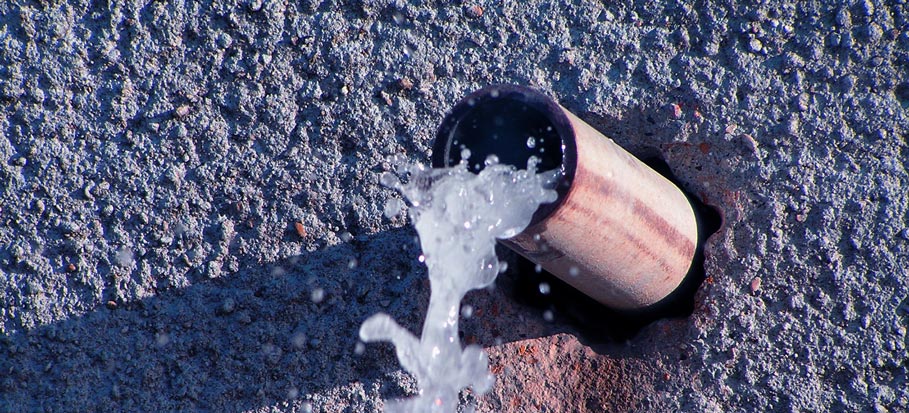Just how do you actually feel in regards to Finding hidden leaks?

Early discovery of dripping water lines can alleviate a prospective disaster. Some little water leaks might not be visible.
1. Check Out the Water Meter
Inspecting it is a proven means that aids you find leaks. If it relocates, that suggests a fast-moving leak. This implies you might have a slow leak that can even be below ground.
2. Check Water Usage
Assess your water expenses and also track your water usage. As the one paying it, you should observe if there are any disparities. If you identify sudden changes, despite your usage coinciding, it means that you have leakages in your plumbing system. Remember, your water bill ought to fall under the very same range every month. A sudden spike in your costs suggests a fast-moving leakage.
A stable increase every month, even with the exact same practices, reveals you have a sluggish leak that's additionally gradually escalating. Call a plumber to extensively check your home, particularly if you feel a warm area on your floor with piping below.
3. Do a Food Coloring Test
When it comes to water consumption, 30% comes from commodes. If the shade in some way infiltrates your dish during that time without flushing, there's a leak in between the storage tank and also bowl.
4. Asses Exterior Lines
Do not neglect to examine your outdoor water lines as well. Test faucets by affixing a yard tube. Needs to water leak out of the link, you have a loosened rubber gasket. Replace this as well as ensure all links are limited. It will aid get it professionally checked out and also kept annually if you've obtained a sprinkler system. One little leakage can throw away tons of water and increase your water bill.
5. Assess the circumstance and also check
Home owners ought to make it a habit to check under the sink counters as well as also inside cabinets for any type of bad odor or mold and mildew growth. These 2 warnings show a leak so timely interest is called for. Doing regular assessments, also bi-annually, can conserve you from a significant issue.
If you understand your home is already old, maintain a careful eye on your heating units, hose pipes, pipes and so on. Look for stainings and also compromising as most pipes and also home appliances have a life span. They will also naturally wear away as a result of deterioration. Do not wait for it to intensify if you presume dripping water lines in your plumbing system. Call a professional plumber right now so you do not wind up with a horrible mess in your home.
Early detection of dripping water lines can mitigate a possible calamity. Some small water leaks might not be visible. Checking it is a surefire way that assists you uncover leakages. One little leak can lose lots of water and also surge your water costs.
If you believe leaking water lines in your plumbing system, do not wait for it to rise.
WARNING SIGNS OF WATER LEAKAGE BEHIND THE WALL
PERSISTENT MUSTY ODORS
As water slowly drips from a leaky pipe inside the wall, flooring and sheetrock stay damp and develop an odor similar to wet cardboard. It generates a musty smell that can help you find hidden leaks.
MOLD IN UNUSUAL AREAS
Mold usually grows in wet areas like kitchens, baths and laundry rooms. If you spot the stuff on walls or baseboards in other rooms of the house, it’s a good indicator of undetected water leaks.
STAINS THAT GROW
When mold thrives around a leaky pipe, it sometimes takes hold on the inside surface of the affected wall. A growing stain on otherwise clean sheetrock is often your sign of a hidden plumbing problem.
PEELING OR BUBBLING WALLPAPER / PAINT
This clue is easy to miss in rooms that don’t get much use. When you see wallpaper separating along seams or paint bubbling or flaking off the wall, blame sheetrock that stays wet because of an undetected leak.
BUCKLED CEILINGS AND STAINED FLOORS
If ceilings or floors in bathrooms, kitchens or laundry areas develop structural problems, don’t rule out constant damp inside the walls. Wet sheetrock can affect adjacent framing, flooring and ceilings.
https://www.servicemasterbyzaba.com/blog/how-to-detect-water-leakage-in-walls/

As a serious reader on Detecting hidden plumbing leaks, I thought sharing that article post was important. Sharing is caring. Helping others is fun. Kudos for your time. Come back soon.
Plumbing SOS? Reach out!